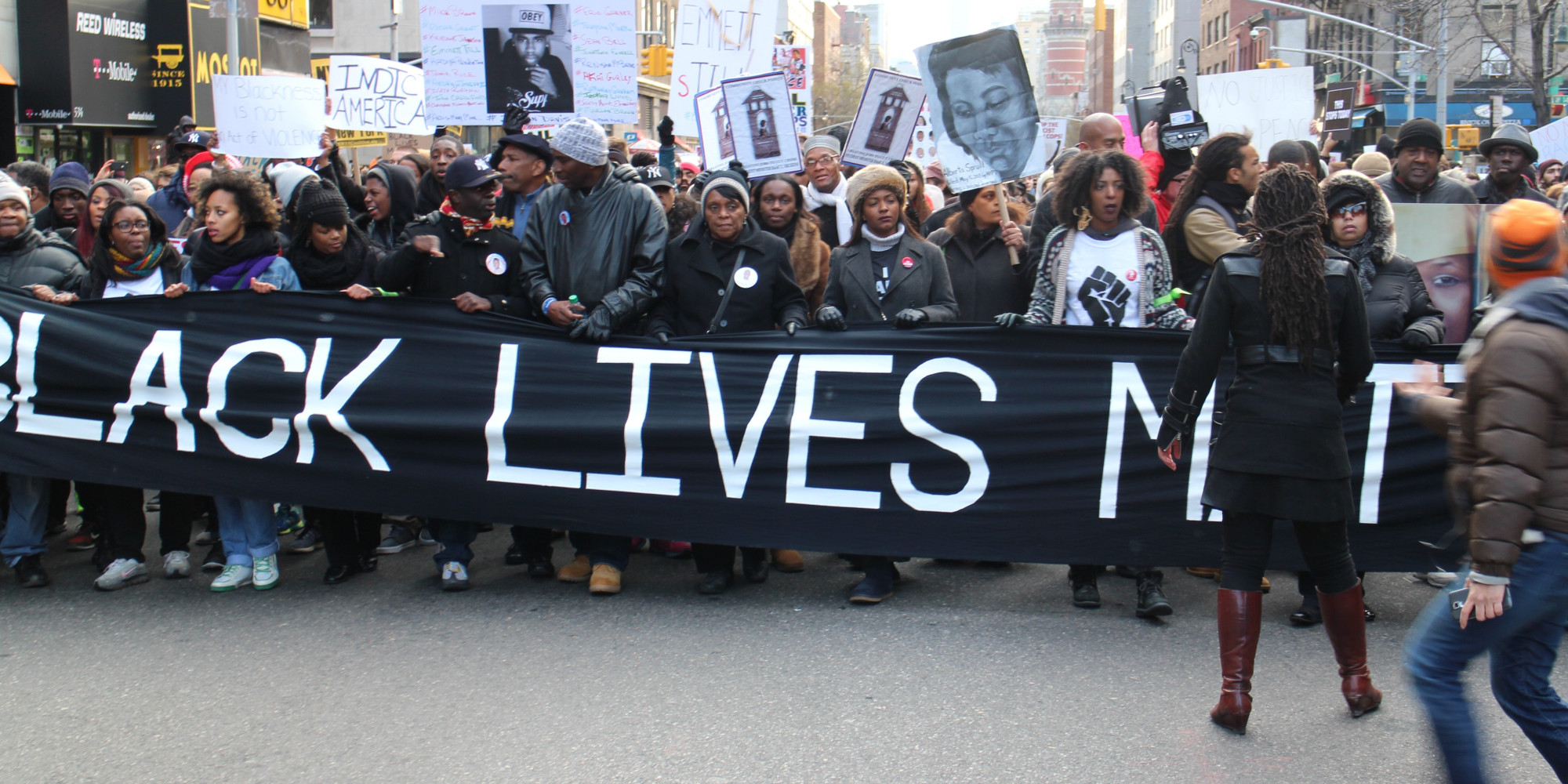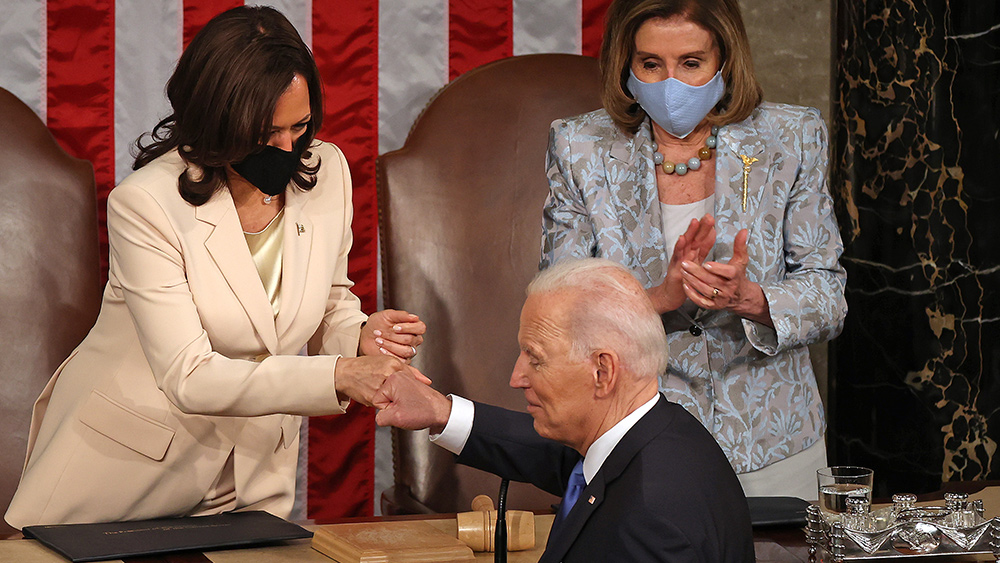Propaganda alert: Reuters is now calling discredited, anti-American 1619 Project “black history,” claiming any who oppose teaching fake history are RACIST
05/08/2021 / By Ethan Huff

In yet another lame attempt at smearing Republicans as black-hating racists, Reuters ran a ridiculous headline claiming that conservatives are trying to interfere with Resident Joe Biden’s attempts to teach American students more “black history.”
The headline, “Republicans ask Biden to withdraw ‘divisive’ proposal to teach more Black [sic] history,” fails to explain that the “black history” in question is a piece of propaganda known as the “1619 Project” that has long been debunked as fake news.
As reported by The Wall Street Journal, the 1619 Project is a completely made-up piece of garbage that glamorizes communism and criticizes capitalism. It is part of the left’s “critical race theory” agenda to indoctrinate the next generation of youth into believing that all white people are evil and all black people are just wonderful.
Historically speaking, the 1619 Project never happened. It was manufactured out of thin air to push a false narrative that free markets create a “brutal economy” where “inequality reigns and poverty spreads.”
“Historians do argue over interpretations, but parts of the 1619 Project are sloppy, at best, with the facts,” is how the WSJ’s Allen C. Guelzo puts it.
In a nutshell, the 1619 Project contends that cotton plantations in the south, on which some blacks were enslaved, produced the “capitalist economy” in which we supposedly live today.
Sociologist Matthew Desmond wrote an essay based on this claim, alleging that slaves were whipped and tortured into planting and harvesting crops within a ruthless system of profit maximization.
Desmond talks about “vertical reporting systems, double-entry record-keeping and precise quantification,” these being “management techniques” that were later used as a model for “a union-busting capitalism of poverty wages, gig jobs and normalized insecurity.”
Were slave plantations capitalist or communist?
While it is certainly true that today’s “capitalist” model is indeed built upon a slave labor system of low wages, gig jobs, and normalized insecurity, especially for the younger generations, the history presented in the 1619 Project is just plain false.
The WSJ report goes into much greater detail about all this and you can read more about it at this link if the subject interests you. Suffice it to say that it paints the narrative of white-hating, black-worshipping extremism that we now see running rampant today.
“The 1619 Project imagines Southern slaveholders were practicing ‘capitalism’ simply because they made money,” Guelzo explains.
“But slavery had been around since antiquity – long before anything resembling capitalism existed. And what the South saw in its plantations wasn’t capitalism but the opposite. Writing in 1854, the pro-slavery propagandist George Fitzhugh described slavery as ‘a beautiful example of communism, where each one receives not according to his labor, but according to his wants.'”
On the other hand, those who support the narrative presented in the 1619 Project say that it accurately depicts how our nation’s founding ideals were “false when they were written.”
New York Times reporter Nikole Hannah-Jones, who wrote a prize-winning essay about this topic,” alleges that much of American history as we know it is false, and that black Americans “have fought to make them true.”
“The latter part is true, but the former isn’t, and attempting to replace the nation’s ideals with a false and destructive story is no way to do history,” Guelzo says.
“The 1619 Project can wave its Pulitzer as credibility insurance, but credibility isn’t the same as truth. Pulitzers have been handed out before … only to collapse under the weight of falsehood,” he adds about the difference between credibility and truth.
More related news about the aggressive anti-white agenda that has infiltrated American public schools can be found at CampusInsanity.com.
Sources for this article include:
Submit a correction >>
Tagged Under:
1619 Project, bigotry, black history, brainwashed, Critical Race Theory, indoctrination, lies, Marxism, propaganda, race wars, racism, Reuters
This article may contain statements that reflect the opinion of the author





















